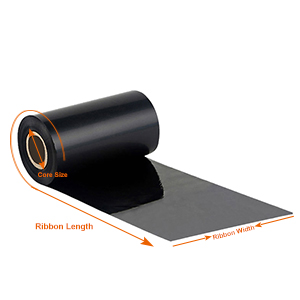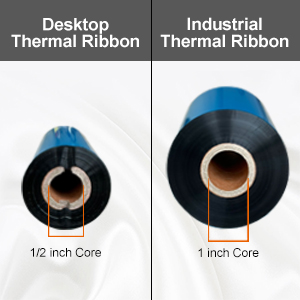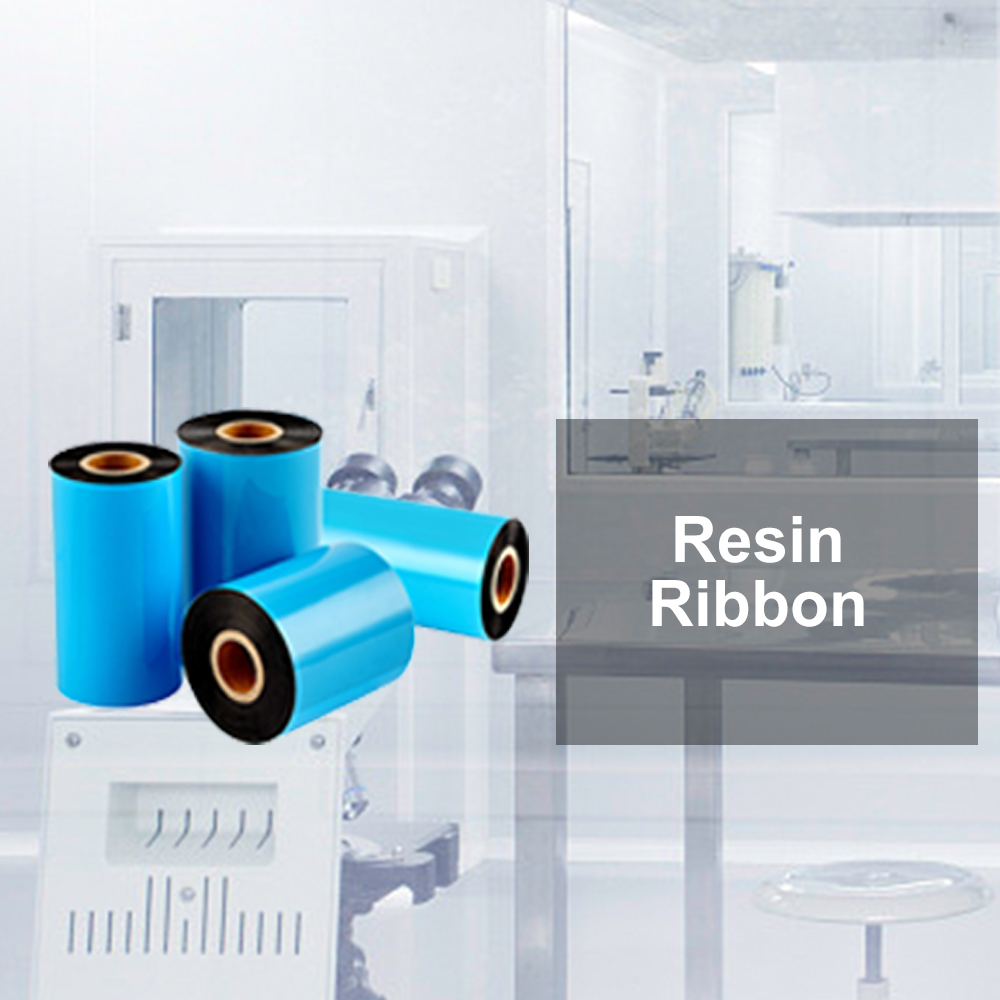What Factors Influence the Performance of Your Thermal Transfer Ribbon?
When you're printing labels or barcodes, the thermal transfer ribbon is a key player-it's like the ink for your printer. But there's more to these ribbons than meets the eye. Their size, the core they're rolled onto, and even which side has the ink all matter a lot. These details affect everything from whether the ribbon fits your printer to how well it sticks to different types of labels. In this article, we'll talk about how these small factors can make a big difference in your printing results, ensuring every label comes out clear and lasts as long as you need it to.
The Importance of Thermal Transfer Ribbon Size
When you're picking out a thermal transfer ribbon, it's much like choosing the right-sized belt-it needs to fit just right. The length, width, and thickness of a thermal transfer ribbon aren't random numbers; they're critical for a good match with your printer. Here's why:
Core Considerations: Choosing the Right Thermal Transfer Ribbon Roll
The core, or mandrel, is the tube at the center of the ribbon roll. Its size matters because:
Ink Coating of Thermal Transfer Ribbon: Inside vs. Outside
Not all thermal transfer ribbons are created equal, especially when it comes to which side the ink sits on. Much like knowing whether your car is front or rear-wheel drive, understanding the coating orientation of your ribbon can impact how you use it.

Ink on the Outside: External Carbon Coating
Ribbons with ink on the outside are known as external carbon or outside coated. This type of ribbon directly touches the label it's printing on. These ribbons need the right kind of printer, so it's important to check that yours is compatible before you buy one. The benefit of this design is that it tends to be easier on your printer's print head, potentially making it last longer since there's less friction.
Ink on the Inside: Internal Carbon Coating
Inside coated ribbons, known as internal carbon ribbons, feature ink that is rolled inward, facing the core of the ribbon. This common design offers ease of use due to the protected ink, simplifying handling and minimizing the chance of smudging during installation.
These ribbons are also more resilient when it comes to storage and transport. With the ink shielded from direct exposure, risks of damage from light or moisture are significantly reduced, ensuring the ribbon stays in good condition until it's needed.
Match Thermal Transfer Ribbons to Labels
When it comes to thermal tranfer printing, not every ribbon sticks well to every label type. Think of it like choosing the right adhesive for a project-some bonds are stronger than others. Here's how to ensure your ribbon and labels are a good match:
Sticking to the Point: Adhesion to Various Materials
Different materials have different surface energies, which affect how well the ink from the ribbon sticks to them. Rough or matte surfaces, like uncoated papers, typically grab onto wax-based ribbons quite well. Smooth surfaces, such as plastics or glossy paper, often require a resin-based ribbon to ensure the print doesn't rub off easily.
- Wax Ribbons: Great for standard labeling on paper, offering good adhesion and readability.
- Resin Ribbons: Best for situations where labels face harsh conditions like chemicals or extreme temperatures. They form a stronger bond with synthetic materials.
- Wax/Resin Ribbons: A happy medium that provides durability on both paper and synthetic labels and is useful for versatile applications.
Durability Matters: Abrasion and Scratch Resistance
The durability of your printed labels is just as important as how well the ink adheres. If you need labels that can stand up to scuffing and scratching, you'll want a thermal transfer ribbon that's tough once it's transferred.
- Wax Ribbons: While economical, they're less resistant to scratches and can be prone to smearing under heavy contact.
- Resin Ribbons: These ribbons create prints that can take a beating. They're much more resistant to scratches and abrasions, keeping your text and images intact.
To sum up, choosing the right ribbon for your substrate isn't just about getting a clear print; it's also about making sure your labels stay legible and intact for as long as you need them to. Whether it's shipping labels that travel far and wide or product labels that endure touch and inspection, there's a perfect ribbon-substrate match out there for the job.
Clear and Durable Thermal Tranfer Printing
The complexity of choosing the right thermal transfer ribbon is similar to choosing the finest ingredients for a gourmet recipe. Every single parameter, from ribbon size and core compatibility to ink orientation, plays a vital role in your label printing outcome. By noticing all these elements, you make sure that not only will your printer work smoothly but also the fact that each label or barcode which comes out is in crisp clarity and can stand the tests of time and environment. Making an informed choice about your thermal transfer ribbons means that quality, durability, and efficiency of your print processes will reach professional heights.





